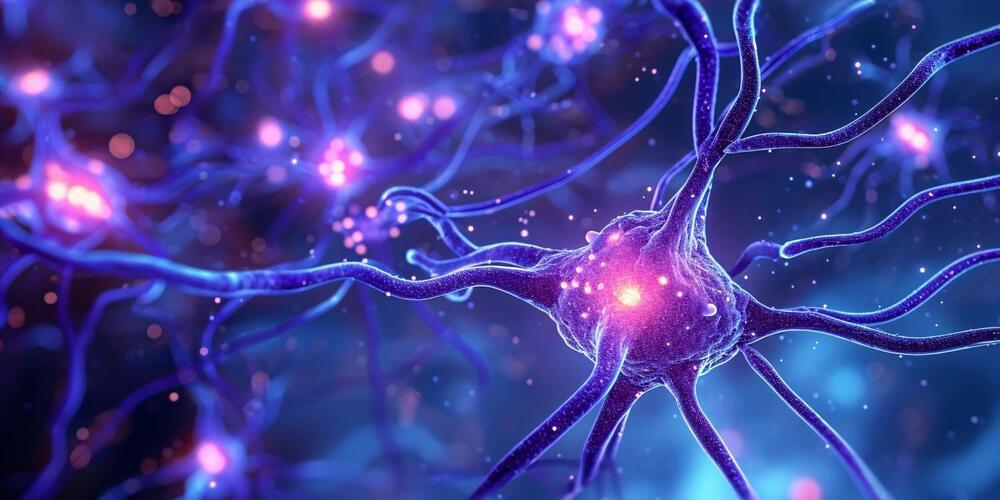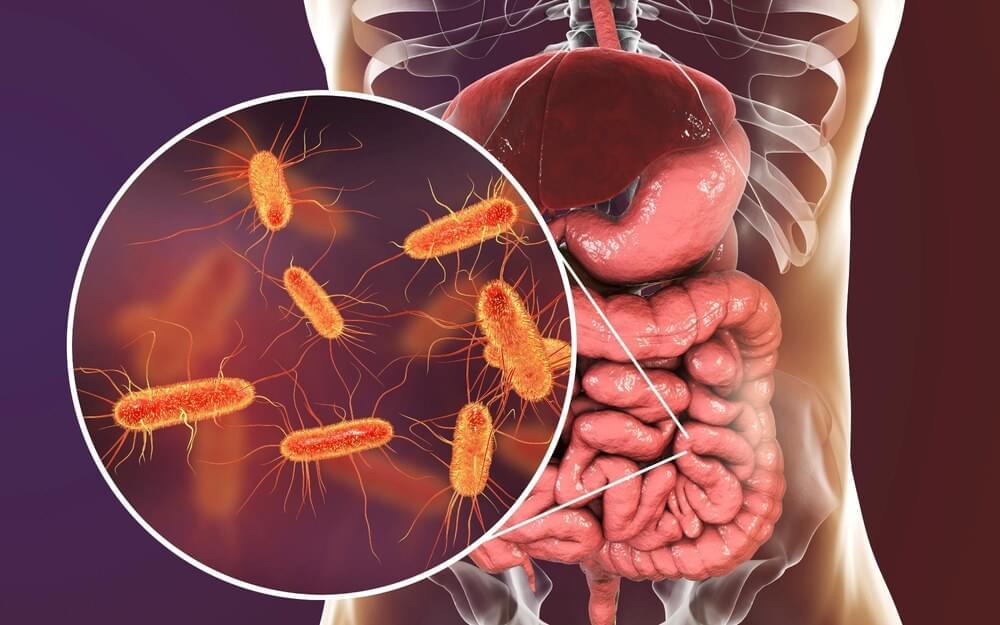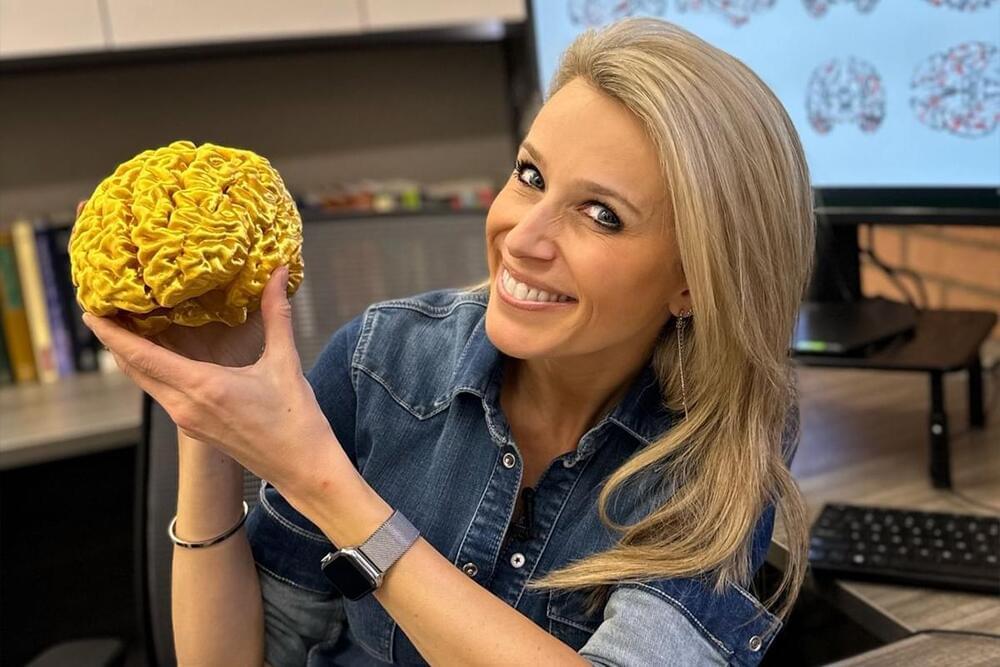The study offers promising evidence that exercise can counteract age-related changes in the brain, particularly by rejuvenating microglia. The findings contribute to our understanding of how physical activity can benefit cognitive health and open up new avenues for developing interventions to prevent or slow cognitive decline during aging.
“One of the goals is it to encourage elderly to exercise as we have demonstrated that it is possible to reverse some of the negative aspect of ageing on the brain and thereby improve cognitive performance,” Vukovic said. “The other long-term goals is to find ways and treatments to help elicit the beneficial aspect of exercise on the brain in those individual that are unable to exercise or bed-bound.”
The study, “Exercise rejuvenates microglia and reverses T cell accumulation in the aged female mouse brain,” was authored by Solal Chauquet, Emily F. Willis, Laura Grice, Samuel B. R. Harley, Joseph E. Powell, Naomi R. Wray, Quan Nguyen, Marc J. Ruitenberg, Sonia Shah, and Jana Vukovic.







